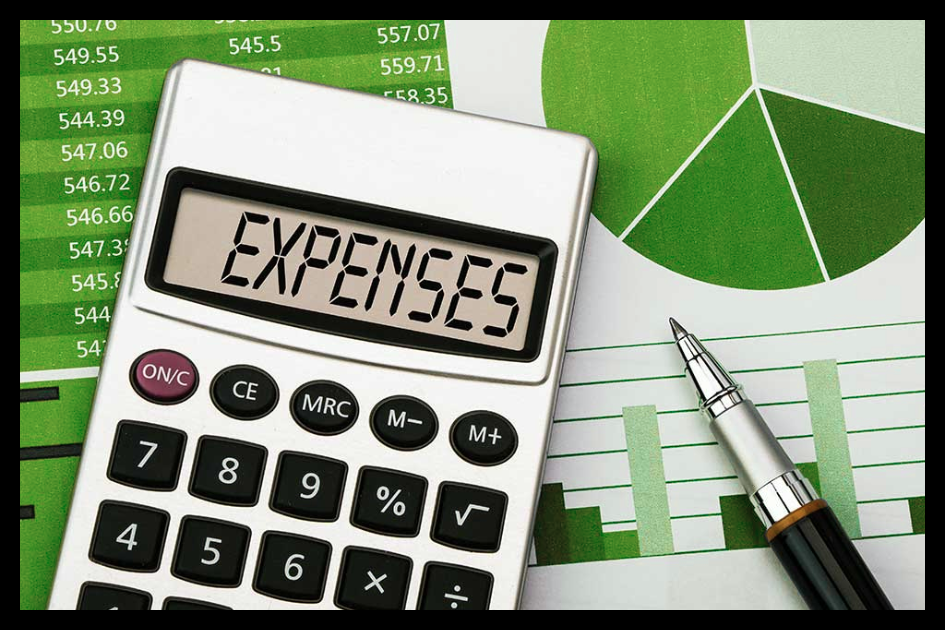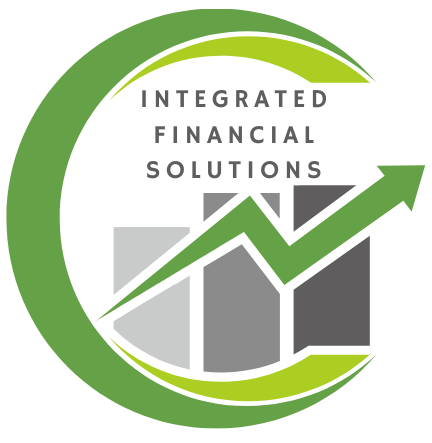When tax season comes around, business owners often scramble to find ways to lower their taxable income before the year ends. One of the most common strategies is accelerating expenses—paying for costs early to capture deductions now. On paper, it looks simple: spend now, save on taxes.
But here’s the problem: what helps you today could hurt you tomorrow. Accelerating expenses isn’t always the smartest play, especially if it’s not tied to a bigger tax strategy. Without balance, this short-term win can lead to long-term setbacks.
What Accelerating Expenses Actually Means
Accelerating expenses refers to paying for next year’s costs before the calendar year ends. Examples include:
- Prepaying January rent in December
- Buying bulk supplies in advance
- Paying contractors ahead of schedule
- Covering annual subscriptions early
These expenses reduce taxable income for the current year, but the expense is still real money leaving your account. And since you can’t deduct the same cost twice, you’re essentially pulling deductions forward—robbing next year to benefit this year.
Why Accelerating Expenses Isn’t Always the Smartest Play for Business Owners
1. You’re Borrowing from the Future
Every deduction you use now is one less deduction available for next year. If your income increases in the following year, you may face higher taxes without enough deductions left to offset them.
Example:
A business owner accelerates $15,000 in expenses this year, saving about $3,150 in taxes at a 21% corporate rate. But the next year, when revenue jumps and their effective tax rate rises to 30%, they’ve lost those deductions—costing them $4,500 in additional taxes. The quick savings ended up costing more in the long run.
2. Cash Flow Suffers
Cash flow is the lifeblood of every business. By accelerating expenses, you may lower your tax bill today but weaken your ability to cover payroll, emergencies, or investments tomorrow.
Scenario:
A marketing agency prepays $20,000 in software and contractor fees to reduce their tax bill. In January, a new client delays payment, leaving the agency scrambling to cover payroll. The tax savings evaporated because poor liquidity forced them to borrow at high interest rates.
3. It Creates a False Sense of Savings
Accelerating expenses feels like a win, but tax savings aren’t the same as cash savings. Spending $5,000 to save $1,000 in taxes means you’re still out $4,000. That money could have been used for growth initiatives with higher returns.
4. It Can Weaken Your Financial Profile
If you’re planning to apply for financing, accelerating expenses may reduce your reported profits. On paper, that makes your business look weaker to banks and lenders—possibly reducing your chances of securing a loan or line of credit.
When Accelerating Expenses Makes Sense
To be clear, accelerating expenses isn’t always a bad idea. It can be effective in certain situations—when used deliberately as part of a broader tax plan.
- If revenue is expected to drop next year → Using deductions now while you’re in a higher tax bracket can maximize savings.
- If cash flow is strong and predictable → Accelerating expenses won’t strain liquidity and can give a meaningful short-term advantage.
- If it aligns with operational needs → For example, buying supplies in bulk to lock in lower prices makes sense both tax-wise and operationally.
The key is to weigh the short-term benefit against the long-term tradeoff.
Smarter Alternatives to Accelerating Expenses
Rather than defaulting to expense acceleration, there are often better strategies available.
1. Use Section 179 and Bonus Depreciation
Instead of prepaying operating expenses, consider capital investments. Under Section 179 and bonus depreciation rules, many equipment and asset purchases can be fully deducted in the year of purchase. These deductions can provide immediate tax relief without borrowing from next year.
2. Adjust Income Timing
Delaying income recognition can sometimes provide the same effect as accelerating expenses—without draining cash flow. For example, pushing invoices into January instead of December could lower this year’s taxable income while keeping your deductions intact for next year.
3. Focus on Tax Credits
Unlike deductions, tax credits directly reduce the amount of tax owed. Exploring options like the R&D credit or work opportunity credit often provides greater value than shifting expenses between years.
Real-World Comparison: Accelerating vs. Planning Strategically
Case 1: Accelerating Expenses
- Business spends $10,000 early in December.
- Saves $2,100 in taxes (at 21% rate).
- Next year, loses that deduction in a higher 30% bracket.
- Net cost: $900 more in taxes long-term.
Case 2: Strategic Planning
- Business holds expenses but leverages Section 179 for a $10,000 equipment purchase.
- Saves $2,100 this year.
- Retains regular operating deductions for the next year.
- Gains asset value for productivity and future growth.
The second approach not only saves taxes but also strengthens the company’s financial position.
The Bottom Line: Strategy Over Shortcuts
Accelerating expenses isn’t always the smartest play. It can provide short-term relief, but if it’s not guided by projections, growth goals, and cash flow needs, it may cost more in the long run.
The best results come from a year-round tax strategy that balances expense timing, tax credits, depreciation opportunities, and cash flow planning. Instead of chasing short-term wins, business owners should focus on building a forward-looking plan that protects profitability across multiple years.


🆓 Clean AI content fast with free gpt watermark remover — strip hidden GPT markers from images/text, keep quality sharp, and export instantly for sharing or reuse ⚡🖼️📄